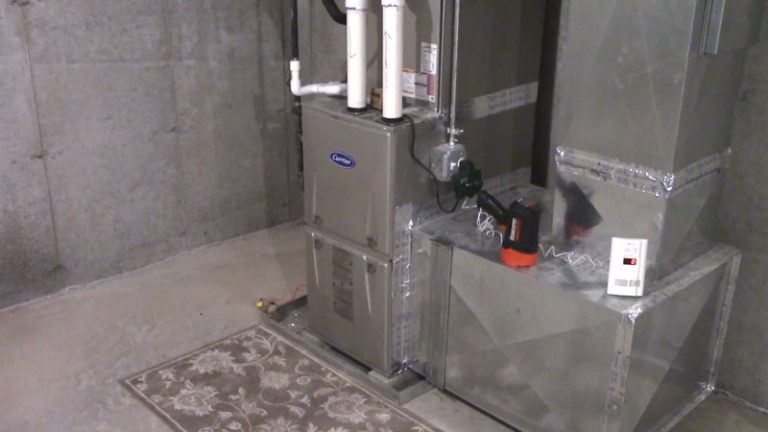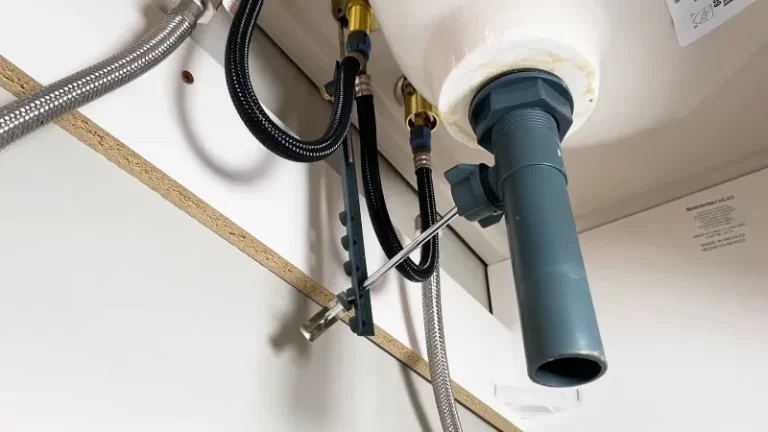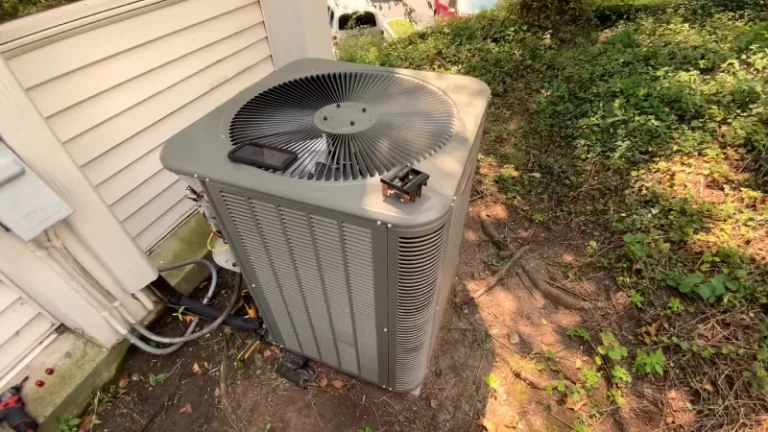Does a Humidifier Need to be Hooked to a Water Line?
Humidifiers play a crucial role in maintaining indoor air quality, especially during dry seasons. They add moisture to the air, which can alleviate a variety of issues such as dry skin, irritated sinuses, and respiratory problems.
There are various types of humidifiers available on the market, and one common question is whether a humidifier needs to be hooked to a water line. This article will explore the different types of humidifiers, the benefits and drawbacks of connecting a humidifier to a water line, and whether this setup is necessary for your specific needs.
You'll Learn About
Does a Humidifier Need to be Hooked to a Water Line?
Maintaining proper humidity levels in your home is essential for comfort and health. A humidifier can help achieve this by adding moisture to the air, which can be particularly beneficial in dry climates or during the winter months when indoor air tends to be dry.
While some humidifiers require manual filling, others can be connected to a water line for continuous operation. We will examine the necessity and practicality of hooking a humidifier to a water line, providing a comprehensive understanding to help you make an informed decision.

Types of Humidifiers
1.1 Portable Humidifiers
Portable humidifiers are standalone units that can be easily moved from one room to another. They typically require manual filling with water and come in various sizes, from small tabletop models to larger console units.
- Pros: Easy to move, no installation required, lower initial cost.
- Cons: Requires regular refilling, limited to specific areas.
1.2 Whole-House Humidifiers
Whole-house humidifiers are integrated into your home’s HVAC system and are designed to humidify the entire house. These units are often connected directly to the water line, ensuring a constant supply of water and reducing the need for manual refilling.
- Pros: Provides consistent humidity levels throughout the house, minimal maintenance.
- Cons: Higher initial cost, professional installation required, potential for increased water usage.
1.3 Ultrasonic Humidifiers
Ultrasonic humidifiers use high-frequency sound vibrations to create a fine mist. They can be either portable or whole-house units and may or may not require a water line connection.
- Pros: Quiet operation, energy-efficient.
- Cons: Regular cleaning required to prevent bacterial growth, mineral buildup.
1.4 Evaporative Humidifiers
Evaporative humidifiers use a wick filter to absorb water, which is then evaporated by a fan to add moisture to the air. These can also be portable or whole-house units.
- Pros: Effective and natural humidification process, minimal white dust.
- Cons: Regular filter replacement needed, fan noise.
Benefits of Connecting a Humidifier to a Water Line
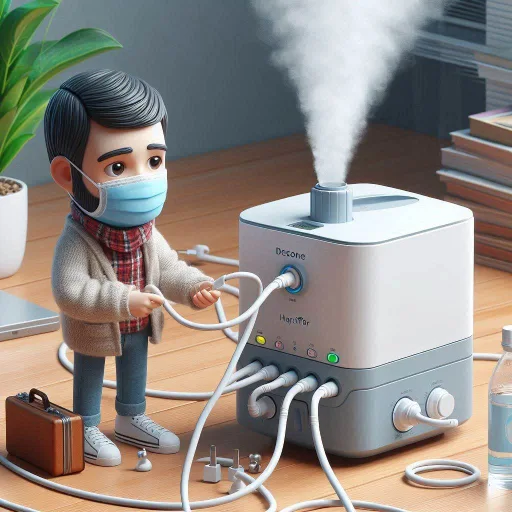
2.1 Continuous Operation
One of the primary benefits of connecting a humidifier to a water line is the ability to provide continuous operation without the need for frequent manual refilling. This is particularly advantageous for whole-house humidifiers, which need to maintain consistent humidity levels throughout the home.
2.2 Convenience
Hooking a humidifier to a water line eliminates the need to constantly monitor and refill the water reservoir. This convenience is especially beneficial for those with busy lifestyles or mobility issues.
2.3 Consistent Humidity Levels
A humidifier connected to a water line can maintain more consistent humidity levels, as it can draw water as needed without interruption. This helps to create a more stable and comfortable indoor environment.
2.4 Reduced Maintenance
While all humidifiers require some maintenance, those connected to a water line typically need less frequent attention regarding water levels. However, they still require regular cleaning to prevent mold and bacterial growth.
Drawbacks of Connecting a Humidifier to a Water Line
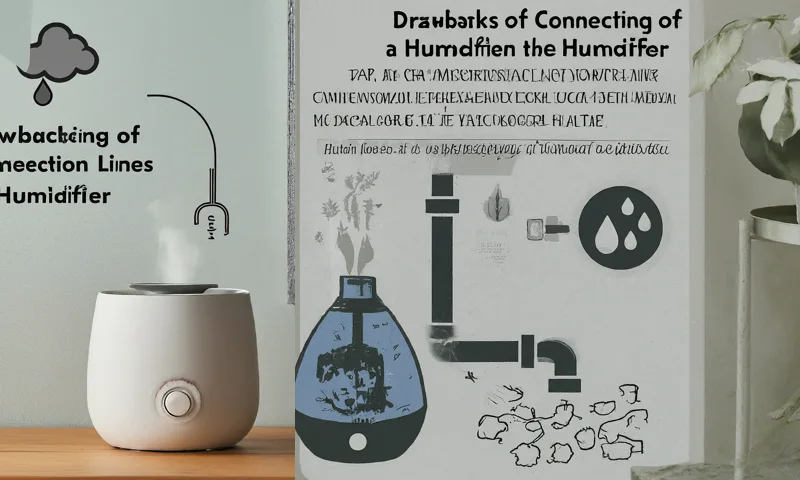
3.1 Installation Costs
Connecting a humidifier to a water line often requires professional installation, which can be costly. This is especially true for whole-house systems that need to be integrated into the existing HVAC system.
3.2 Potential for Leaks
Any time a device is connected to a water line, there is a potential for leaks. This can cause water damage if not properly installed and maintained.
3.3 Increased Water Usage
Humidifiers connected to a water line can lead to increased water usage, which may be a concern in areas with water restrictions or for those looking to minimize their water consumption.
3.4 Maintenance and Cleaning
Even though the need to refill the water reservoir is eliminated, humidifiers connected to a water line still require regular maintenance and cleaning to prevent issues like mold growth and mineral buildup.
Factors to Consider
4.1 Climate and Humidity Needs
The climate you live in and your specific humidity needs will play a significant role in determining whether a humidifier should be connected to a water line. In dry climates or during winter, the continuous operation provided by a water line connection can be very beneficial.
4.2 Size of the Area
The size of the area you need to humidify is another important consideration. For large homes or buildings, a whole-house humidifier connected to a water line is often the most practical solution. For smaller spaces, a portable humidifier may suffice.
4.3 Budget
Your budget will also influence your decision. While whole-house humidifiers and professional installations are more expensive upfront, the convenience and consistent humidity levels may justify the cost for many homeowners.
4.4 Water Quality
The quality of your water supply is also a factor. Hard water can cause mineral buildup in the humidifier, leading to maintenance issues. In such cases, using distilled or filtered water might be necessary, which can complicate the use of a water line.
Do You Need a Water Line for a Whole House Humidifier?
Let’s consider whole house humidifire now.
When considering installing a whole-house humidifier to combat dry air in your home, one common question that arises is whether a water line is necessary for its operation. In many cases, the answer is yes. A water line provides the necessary supply of water to the humidifier, allowing it to add moisture to the air effectively.
However, there are different methods for connecting the humidifier to the water supply, depending on local codes and preferences.
Understanding the Role of a Water Line
A water line is essential for supplying water to a whole-house humidifier, as it allows the unit to draw water for the humidification process. Without a water line, the humidifier would not be able to function properly, and you would not achieve the desired level of humidity in your home.
Installing a Whole-House Humidifier to Defeat Dry Air
Installing a whole-house humidifier is a practical solution for combating dry air and improving indoor air quality. Here’s how you can install a whole-house humidifier, including connecting it to a water line:
Run Line to Humidifier
1. Check Local Codes
Before beginning the installation process, it’s essential to check local building codes and regulations regarding the installation of humidifiers and water lines. Certain areas may have specific requirements or restrictions that dictate how you can connect the humidifier to the water supply.
2. Install Saddle Valve (If Permitted)
If local codes allow tapping into water lines directly, you can install a saddle valve on a water line, preferably a hot water line. A saddle valve is a type of valve that clamps onto an existing water pipe, allowing you to create a connection point for the humidifier. Follow the manufacturer’s instructions for installing the saddle valve, ensuring a secure and leak-free connection.
3. Run Line to Humidifier
Once the saddle valve is installed, run a water line from the valve to the location of the humidifier. Use appropriate piping material and ensure that the line is securely fastened to prevent leaks or damage. Consider using a compression fitting to connect the water line to the humidifier, as these fittings provide a tight seal without the need for soldering or welding.
4. Install T-Fitting (If Saddle Valves Not Allowed)
If saddle valves are not permitted or preferred, an alternative method is to turn off the water supply, cut the water line, and install a T-fitting. A T-fitting allows you to create a branch in the water line, providing a connection point for the humidifier. Use a pipe cutter to make a clean, straight cut in the water line, then install the T-fitting according to the manufacturer’s instructions.
5. Secure Connections and Test
Once the water line is connected to the humidifier, ensure that all connections are secure and leak-free. Turn on the water supply and test the humidifier to verify that it is receiving water and operating correctly. Monitor the humidifier’s performance over time to ensure optimal functionality and adjust settings as needed to achieve the desired level of humidity in your home.
Comparing Humidifier Types and Water Line Connection
| Humidifier Type | Water Line Connection Needed? | Pros | Cons |
|---|---|---|---|
| Portable Humidifiers | No | Easy to move, no installation required, lower initial cost | Requires regular refilling, limited to specific areas |
| Whole-House Humidifiers | Yes | Consistent humidity, minimal maintenance, entire house coverage | Higher initial cost, professional installation required |
| Ultrasonic Humidifiers | Optional | Quiet operation, energy-efficient | Regular cleaning required, mineral buildup |
| Evaporative Humidifiers | Optional | Effective and natural humidification, minimal white dust | Regular filter replacement needed, fan noise |
Conclusion
In conclusion, whether a humidifier needs to be hooked to a water line depends on several factors, including the type of humidifier, the size of the area you need to humidify, your budget, and your specific humidity needs.
While connecting a humidifier to a water line offers the convenience of continuous operation and consistent humidity levels, it also comes with drawbacks such as installation costs, potential for leaks, and increased water usage.
Portable humidifiers are a good option for smaller areas and those who prefer the flexibility of moving the unit from room to room. Whole-house humidifiers, on the other hand, are ideal for maintaining consistent humidity levels throughout a large home but require professional installation and a higher initial investment.
Ultimately, the decision should be based on a careful evaluation of your needs, preferences, and the specific conditions of your home. By understanding the benefits and drawbacks of each option, you can choose the right humidifier setup to ensure a comfortable and healthy indoor environment.

